We explain what plants are, how they are classified and the parts that compose them. Also, what are its characteristics, examples and more.
What are plants?
Plants called the living things pertaining to the kingdom plantae , possibly one of the oldest of all known. In addition to existing terrestrial plants, aquatic algae are also plants. Trees, brush, grass, algae, and shrubs are all members of this kingdom .
Plants are essential to life as we know it . This is because they are responsible for the oxygenation of the atmosphere . In addition, they serve as the first link in both terrestrial and marine trophic chains , since they feed herbivores or primary consumers.
Plants have three common and main traits, shared by all regardless of the species:
- They are autotrophs, that is, they generate their own food from inorganic matter.
- They lack mobility, that is, they cannot move at will like animals .
- They have cell walls, that is, their cells have a rigid cellulose wall apart from their ordinary cell membrane .
What is the origin of plants?
Plants are descended from Primoplantae ( Archaeplastida ) , the first photosynthetic eukaryotic algae.
Appeared on Earth makes 1500 million years or so .
They originated from a process of symbiosis between a eukaryotic protozoan and a cyanobacterium.
This union gave rise to the first chloroplast that allowed photosynthesis.
These algae conquered the sea and later the land , thus giving rise to the trees, shrubs and other plant forms that we commonly see today.
Classification of plants
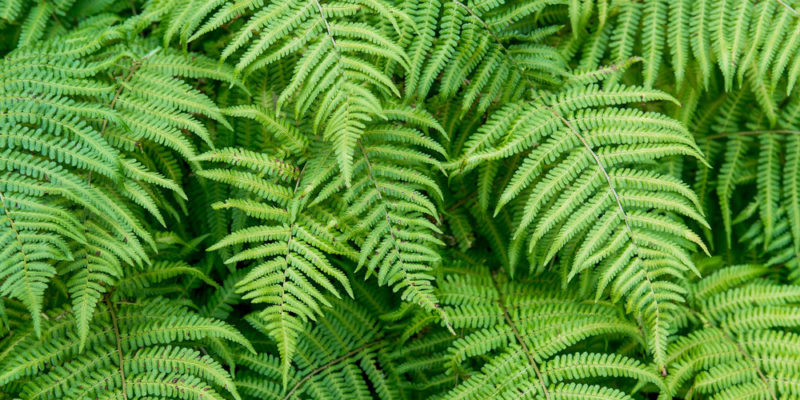
Plants can be roughly classified into two main groups: green algae and land plants . The former are evolutionarily much earlier and that is why some authors include them in other kingdoms. However, since they depend on photosynthesis, they basically act like plants.
Land plants are divided into two categories:
- Vascular land plants. Called "higher" plants, they have a complete structure with stems, roots and leaves. They are characterized by their internal (vascular) transport mechanisms to communicate their organs along the distance of their stems. In turn, these plants are divided into:
- Pteridophytes. Seedless plants, commonly known as ferns, have long, coiled leaves called fronds and are usually of considerable size.
- Spermatophytes. Seed plants, later in the evolutionary tree, and encompassing angiosperms (showy flowers with lots of pollen) and gymnosperms (woody, arboreal in appearance). They are the predominant variety on Earth.
- Non-vascular land plants. Lacking vascular structures, it is understood as a group halfway between ferns and algae, without clear division between stem, root and leaves. Among them are bryophytes, commonly known as mosses.
Parts that make up plants
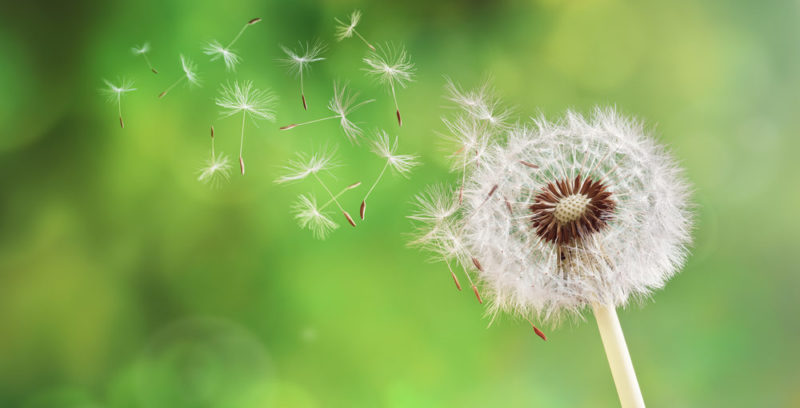 The parts of a plant depend on the type of plant, but in broad terms we can talk about:
The parts of a plant depend on the type of plant, but in broad terms we can talk about:
- Estate. The fundamental organ of plants, with which they feed, absorbing water and nutrients from the environment in which they are found. It is an organ that does not usually see the light , rhizomatically, whose structures also tend to house nutrients and reserve substances.
- Stem. An aerial organ that grows in the opposite direction from the root. It has a system of conductive vessels that transports the sap and nutrients between the root and the other organs. From the stem, in the case of trees, the branches are born, which are bifurcations of the same body structure.
- Leaves. The organs where photosynthesis mainly takes place. They are structures of diverse shape (round, elongated) and color between green and red, which are born from the stem or on the branches.
- Flowers. The reproductive organs of plants, from which fruits and seeds are generated. They generally comprise stamens (male sex organs) and pistils (female sex organs), although in some cases the plants are of a single sex. Others, on the other hand, never flourish. Animals that interact with flowers (attracted by their colors, their aroma and their nectar) fulfill a reproductive function, carrying pollen from one flower to another, allowing genetic exchange.
- Fruits Once fertilized, the plants produce fruits, which are fleshy or dry coatings, but generally nutritious, that surround a seed and guarantee sustenance during its germination. In other cases, they help it to move away from the shadow of the parent, as happens with seeds that fly with the wind, or those that are transported by animals, etc.
Plant cell
Plant cells have their own characteristics, which distinguish them from the cells of other similar eukaryotic cells (with cell nuclei ):
- Cellular wall. Plant cells have a cell wall made of cellulose (unlike those of fungi , made of chitin) that gives the cell strength, a certain rigidity and solidity.
- Chloroplasts These are organelles in which chlorophyll is housed. This is a pigment capable of absorbing light at different wavelengths, reflecting only that which gives plants their characteristic green color.
- Central vacuole. Unlike other cells, plant cells have a single central vacuole that is filled with water and covered with a membrane called the tonoplast.
Sexual reproduction of plants
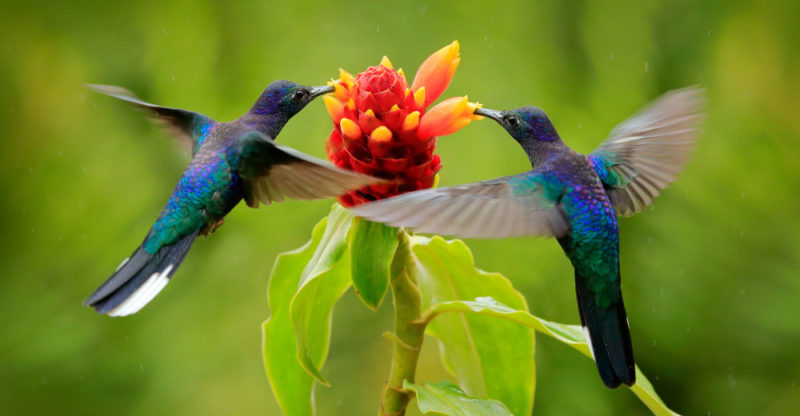 Some (not all) plants reproduce sexually . This reproduction occurs through flowering, since the sexual organs are found in flowers. Some plants are hermaphroditic and some are not. Reproduction occurs in stages:
Some (not all) plants reproduce sexually . This reproduction occurs through flowering, since the sexual organs are found in flowers. Some plants are hermaphroditic and some are not. Reproduction occurs in stages:
- Pollination. The pollen grains are transported from the male to the female organs (either from the same plant or from a different one) allowing the fertilization of the ovules within the pistil. This can happen due to the action of the wind or animals.
- Seed formation. The seed is a fertilized egg.
- Formation of the fruit. It is formed around the seed, that is, it contains the embryo ready to generate a new individual if external conditions are favorable.
Asexual reproduction of plants
This type of reproduction does not require flowers or pollination, but rather other parts of the plant, such as:
- Stolons. Stems produced horizontally at the end of which a new plant emerges, initially connected with its parent. When it comes into contact with the soil , it forms its own roots and slowly begins a process of autonomy.
- Rhizomes. Subterranean stems that move far enough away from the parent to allow a new shoot, making it difficult to distinguish between the first and second generation.
- Tubers Subterranean stems that thicken to store nutritious substances, as occurs with fruits, and from which new plants germinate that later emerge from the ground.
How do plants eat?
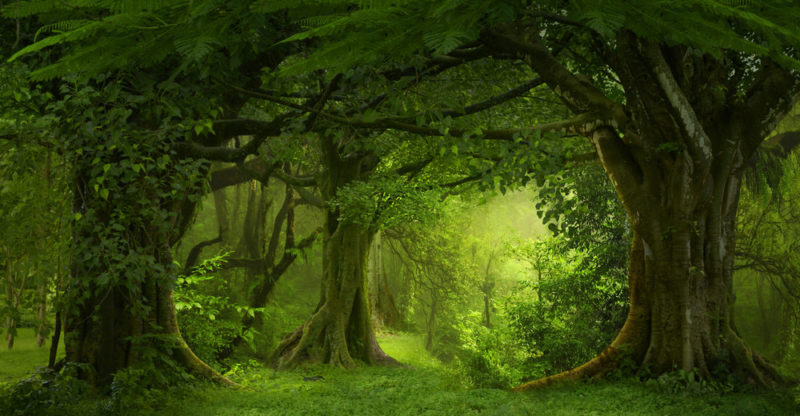 Plants make their own sugars or starches from photosynthesis. This is your main metabolic activity. It consists of taking carbon dioxide from the atmosphere, water and photons from sunlight, to activate a chemical reaction that produces sugars and oxygen .
Plants make their own sugars or starches from photosynthesis. This is your main metabolic activity. It consists of taking carbon dioxide from the atmosphere, water and photons from sunlight, to activate a chemical reaction that produces sugars and oxygen .Each year, plants convert about 100 billion tons of carbon into sugars using this procedure. They are stored in the plant for growth, in the form of cellulose. In addition, their metabolic circuit is used to function, through cellular respiration similar to that of animals.
Very few plants have heterotrophic behavior . However, there are some that, as a result of evolution, have learned to absorb organic matter from animals (such as the famous carnivorous plants) or from detritus.
Plant habitat
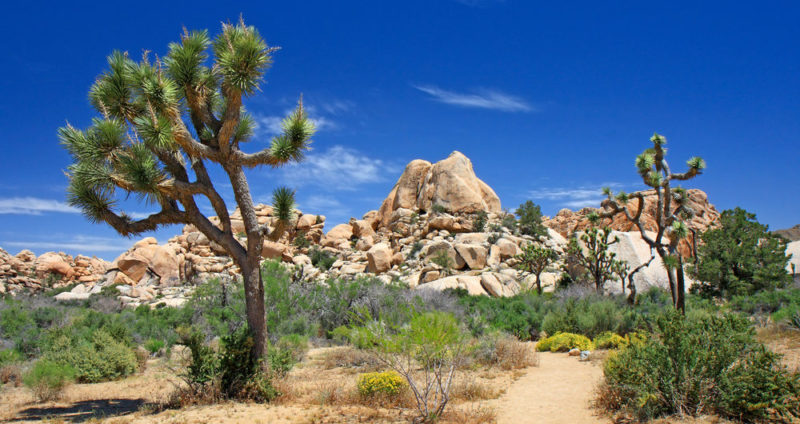 Plants originated in water, like all life, but they were also the first living things to colonize the earth and spread over it. Since then, it is possible to observe plant species in practically all habitats.
Plants originated in water, like all life, but they were also the first living things to colonize the earth and spread over it. Since then, it is possible to observe plant species in practically all habitats.The only requirement for the presence of plants is exposure to sunlight. Even in hot deserts (like the Saharan) or frozen (like Antarctica ) there are species adapted to adverse climatic conditions.
Basis of life on the planet
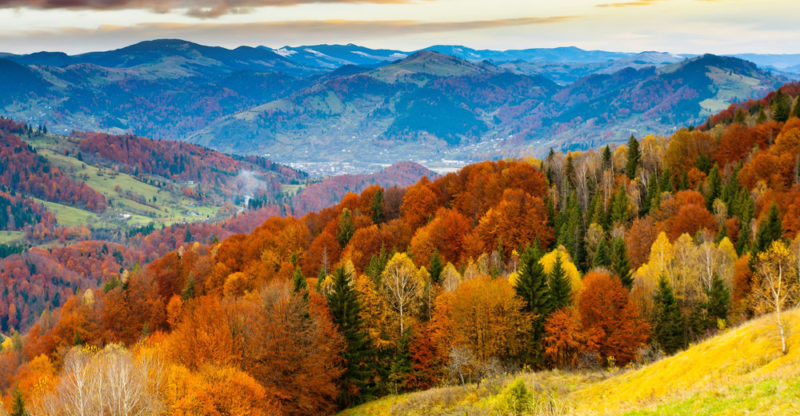 Plants are essential to sustain life on the planet . They are the only organisms capable of, through photosynthesis, consume CO 2 and emit oxygen into the atmosphere. There is a reciprocal relationship between plants and animals in terms of gases necessary for metabolism, since animal respiration consumes oxygen and releases CO 2 .
Plants are essential to sustain life on the planet . They are the only organisms capable of, through photosynthesis, consume CO 2 and emit oxygen into the atmosphere. There is a reciprocal relationship between plants and animals in terms of gases necessary for metabolism, since animal respiration consumes oxygen and releases CO 2 .Plants are vital for the fixation of gases such as nitrogen in the soil , as well as for the absorption of rainwater . For this reason, a deforested region is less able to retain water, that is, more prone to flooding and erosion. In addition, they serve man in many industries: pharmaceutical, wood, food, paper , etc.
Examples of plants
There is no shortage of plant examples. From the grass in the squares, the pines and tall trees in the forests , the fruit bushes and seaweed, to the mosses on the mountain stones and the cacti in the desert or the creepers on the city walls . Plants are always around us.The above content published at Collaborative Research Group is for informational and educational purposes only and has been developed by referring reliable sources and recommendations from experts. We do not have any contact with official entities nor do we intend to replace the information that they emit.
MA student of the TransAtlantic Masters program at UNC-Chapel Hill. Political Science with a focus on European Studies. Expressed ideas are open to revision. He not only covers Technical articles but also has skills in the fields of SEO, graphics, web development and coding. .
Leave a reply
Your email address will not be published. Required fields are marked *Recent post

Sport: What Is It, Types, Risks, Features, Characteristics and Examples

Dogs: Emergence, Features, Characteristics, Feeding and Breeds

Story: Definition, Elements, Structure, Features and Characteristics

